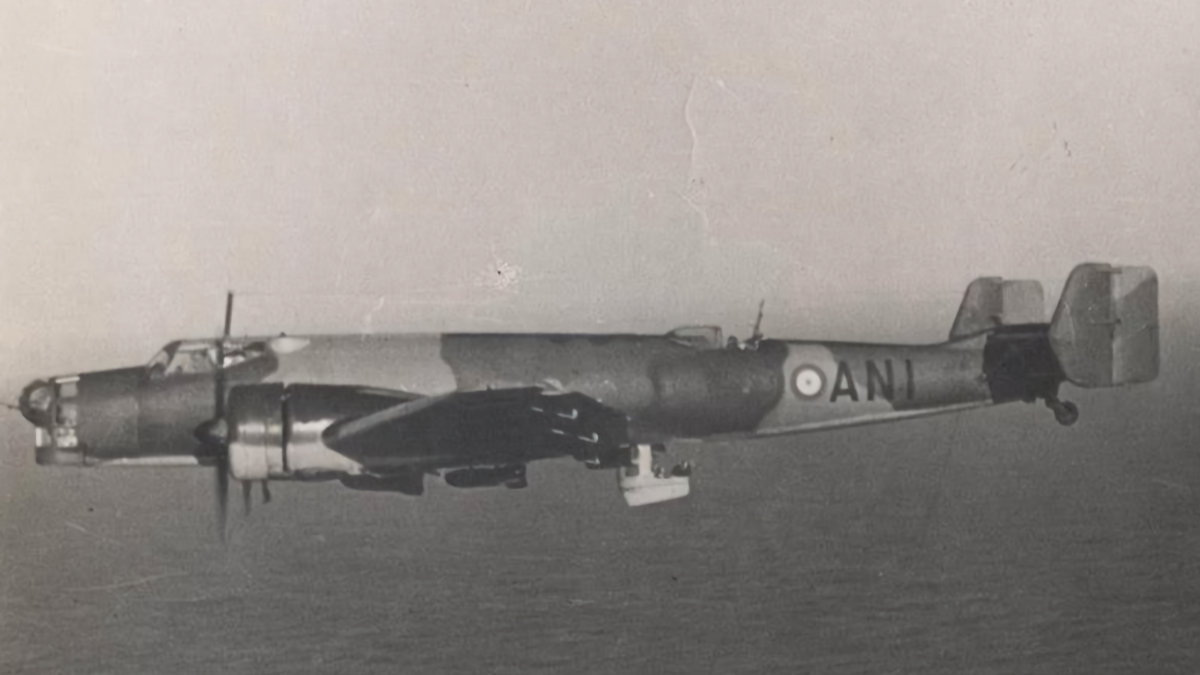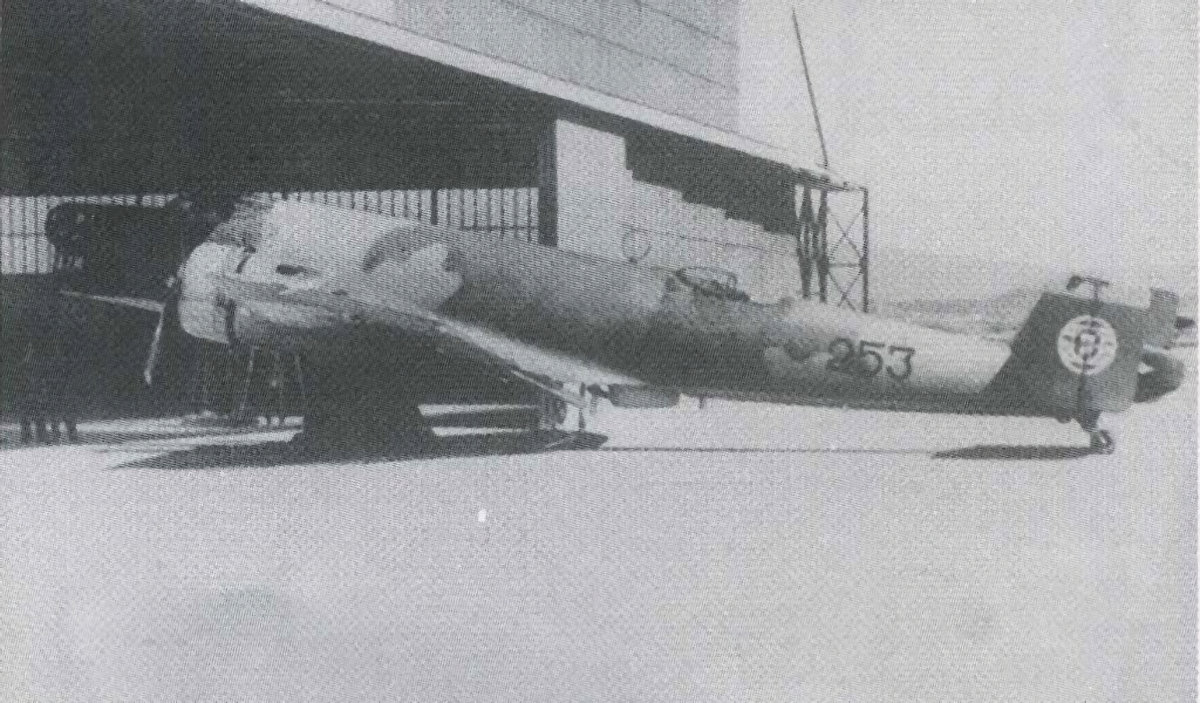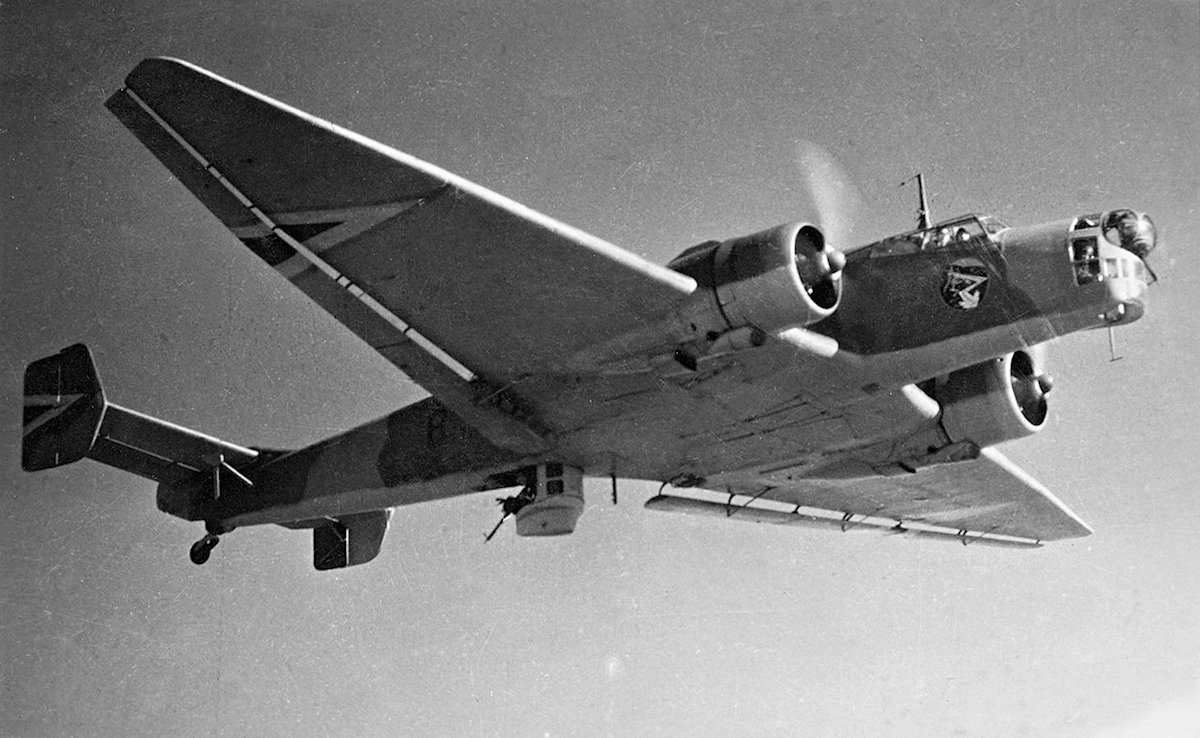Tag: bomber
-
Junkers Ju 86 in South African Service

Junkers Ju 86 in South African Service South African Airways ordered 17 Junkers Ju 86 airliners with the first arriving at the end of 1936. The first five aircraft were powered by Rolls Royce Kestrel engines and designated Ju 86Z-3. The airline raised concerns that these engines were unsuitable and the remaining aircraft used the… Read more
-
Junkers Ju 86 in Portuguese Service

Junkers Ju 86 in Portuguese Service The Portuguese Air Force operated ten Junkers Ju 86K-7 bombers between 1938 and 1945. Read more
-
Junkers Ju 86 in Hungarian Service

Junkers Ju 86 in Hungarian Service The Royal Hungarian Air Force received the first of 63 Junkers Ju 86K-2 bombers in early 1938. These were used to bomb Slovakian airfields and defensive positions during the Slovak–Hungarian War in March 1939. From June 1941, the Ju 86s began to be replaced by Italian Caproni Ca.135 bombers.… Read more